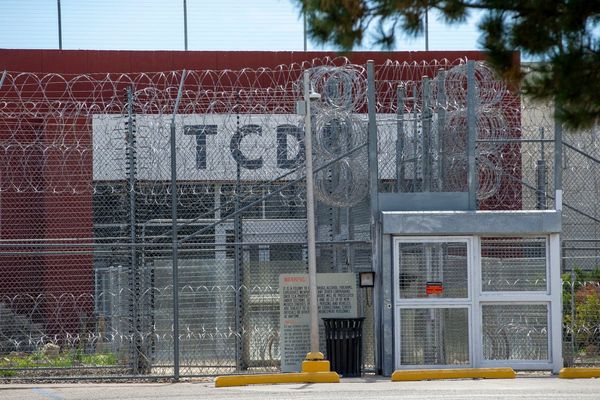IN January, the UK Government announced the “biggest fraud crackdown in a generation”.
The Labour administration said it would use new measures, such as driving bans and spying on bank accounts, in a bid to “save £1.5 billion over the next five years”.
UK Government figures published this month show that £8.3bn was lost to benefit fraud and error in the financial year ending 2024 (a net figure after £9.5bn was paid out wrongly and £1.2bn was not paid out when it should have been).
While Labour’s language on those cheating the welfare system has been unmistakably tough, the numbers pale in comparison to the money it is losing to what’s called the “tax gap”.
What is the tax gap?
The tax gap is the difference between the amount of tax HMRC thinks it’s owed, and the amount it is actually paid.
This number, which the UK Government publishes in June each year, shows that in the financial year ending 2024 a staggering £46.8bn which the HMRC expected to collect never materialised.
The Association of Taxation Technicians noted: “Almost half of the tax gap (46%) is due to failure to take reasonable care and errors, equating to £21.7bn, with evasion and avoidance accounting for a comparatively small £7.1bn.”
A record high – in absolute terms
UK Government data shows that the tax gap is currently growing each year in absolute terms. In 2024, it hit a record high.
However, as a percentage of the total expected tax take (which was £876bn), 2024’s tax gap was 5.3%.
This is lower than the 6.9% recorded in 2014 and, the Chartered Institute of Taxation’s director of public policy Ellen Milner said, comparably low internationally.
The corporation tax gap
Looking at a breakdown of the tax gap reveals a stark pattern. Since 2021, it has been consistently rising – and essentially the sole reason is corporation tax.
While other areas of the tax gap, such as VAT and income taxes, have remained relatively steady, the gap between what HMRC expects to collect in corporation tax and actually does has been rising dramatically.
In 2019, the corporation tax gap was estimated at £4.4bn. Last year, it was £18.6bn. That is more than £10bn higher than the UK Government is losing to benefit fraud and error.
Professor Richard Murphy said that HMRC had “lost control of corporation tax collection”.
Small businesses
A further breakdown of the tax gap figures reveals another stark pattern. The sharp increases in the corporation tax gap seen each year since 2021 are almost exclusively down to small businesses.
In 2017 – the first year in which UK Government figures treated small and mid-sized businesses as distinct categories – the small business tax gap was £1.6bn and the mid-sized business gap was £0.9bn.
In 2024, the mid-sized business tax gap was at a similar level: £1.5bn.
The small business tax gap, however, had skyrocketed to £14.7bn – some nine times higher than it had been in 2017.
Murphy said that “40% of all corporation tax due by smaller businesses is not now paid, either as a consequence of fraud or because the companies cease to exist before payment can be collected”.
He said that the rise in the tax gap for small businesses “happened in tandem with the closure of the vast majority of smaller tax offices by HMRC, and at the time that it withdrew from undertaking active visits to smaller businesses”.
The tax expert said that UK Government officials “appear to have failed to understand the likely behavioural response of small businesses when they realised that the risk of being scrutinised by HMRC had, effectively, disappeared”.
“The cost of that error of judgement is now very apparent,” he added.
Olivia Wiggett, an associate director at accounting firm RSM UK, said that “phoenixism, where company insolvencies are contrived to evade tax or write off debts owed with the directors then setting up a new company, is likely to be a key contributor” to the tax gap.
What can the UK Government do?
The president of the Association of Taxation Technicians, Senga Prior said there is “no magic quick fix or headline-grabbing answer” to closing the tax gap, but added that a “starting point would be improving HMRC customer services and providing access to agents to the full range of digital services available to their clients in conjunction with simplification of the tax system”.
The Chartered Institute of Taxation’s Milner said they were “concerned that HMRC’s own customer service may be having an impact”.
She went on: “The difficulties being faced by taxpayers and their agents in getting clarity and timely service from HMRC could be leading to increased losses of tax from those who want to be compliant, but are unable to get the support they need.”
Last year, the FDA civil servant trade union published a Funding the Nation report, which found that some £11.3bn could be returned to the Treasury through investment in compliance, customer services, and improved technology.
Those recommendations were included in the Labour manifesto, and the party announced plans to recruit 5000 new tax officers in a bid to raise an additional £7.5bn annually after winning power in the General Election.







